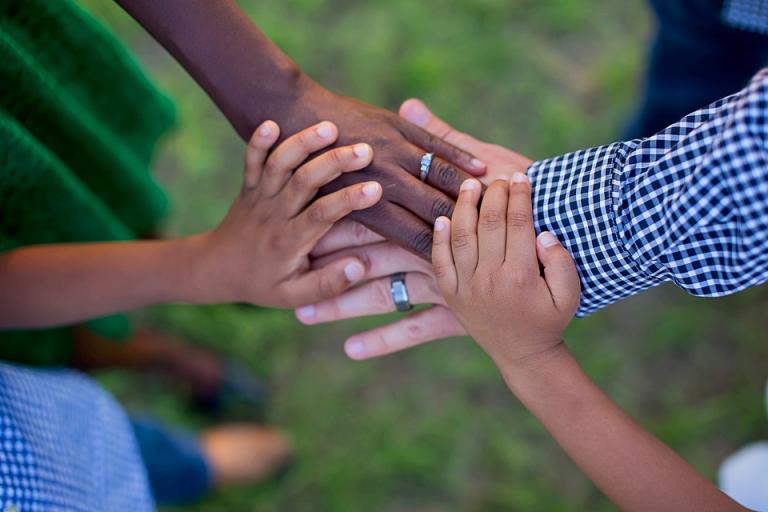
Chicago is, its civic leaders worry, a place of deep income divides — from deeply impoverished Grand Crossing (median income $21,135) to wealthy West De Paul (median income $148,113), as a browse of Statistical Atlas reveals. It’s a city where those leaders fret that the middle class is leaving, leaving a sharp divide between the rich and poor, and it shows up as one of the “most segregated cities” in the United States (for example, #4 in USA Today, assessing metro areas). And the divide is not merely in the city itself — my own suburb (again using Statistical Atlas data, which comes from 2010) comes in at 1.4% black, and there are plenty of suburbs, primarily in south Cook County, in which virtually the entire population is black: Ford Heights, 95% black; Riverdale, 94.3% black; Robbins, 91.4% black, and so on. And many of these towns are just as poor as the poor parts of the city itself: a median income of $23,200 in Ford Heights, for instance. (My own suburb: a median income of exactly $80,000.)
But not so with Olympia Fields: 71.7% black, its median income is $96,400. Among its black residents, it is $110,500. (Yes, its nonhispanic white residents drag down the median, with their $74,700; they are also older, by and large, than the average). Also: Matteson: 80.6% black, median income $80,600, median black income $90,200. Flossmoor, 51.1% black, $87,200 (median income for blacks is slightly lower at $86,500, but all racial/ethnic groups are nearly the same except the town’s Hispanics, who at 2.9% of the population, have a median income of $141,000).
How exactly these suburbs came to be so distinctive I couldn’t say without more research than I can easily accomplish for a simple blog post. (No, Wikipedia doesn’t say – other than noting that Olympia Fields is “noteworthy as one of the wealthiest and best educated, majority African-American communities in the United States” with a bad link.)
But with all the constant talk of “diversity and inclusion” these days, I find myself thinking along these lines:
if I were black, or, more specifically, Black, capital-B, that is, with an identity as such, and if my work commute permitted it, I presume that living in a community alongside those with whom I shared that identity would be highly appealing.
Are black folk, or people of any minority group, the victim of racism on an ongoing or even periodic basis? Without claiming the answer one way or the other, I would presume living in a majority-black upper middle class community would reduce these concerns, and, for that matter, simply enhance my quality of life, relative to being one of a small number of my racial group in a middle/upper-middle class suburb in which racial/ethnic groups are represented in rough proportion to their overall population.
It’s the same as, I suppose, students choosing historically black (or just drop the “historically” part) colleges: no worries about fitting in on account of race (unless, I suppose, there’s a culture in which blacks who don’t exhibit the right sort of “Black culture” are misfits, and I have no idea about that).
But if you say that suburbs should have racial/ethnic make-up that matches the make-up of the greater metropolitan areas of which they are a part, and universities should likewise (or match that of the broader regions from which they draw, or the nation if they draw from the nation), well, you can’t make the math work unless you double-count those folks who prefer to live in segregated-by-choice communities — or unless, I suppose, you say that these communities are so rare that they’re no more than a rounding error. But that doesn’t answer the question of whether these communities should be that rare, and whether their existence is a good thing.
(And, no, I’m not going to say that there’s something inherently wrong with these communities, because fair’s fair if white people can’t do it — because in neither of these examples are the residents/students actively prohibiting others not of their racial/ethnic group from their community. But at the same time, well, I can likewise understand someone home-shopping preferring a neighborhood with “feel-good” levels of diversity over one in which the tables would be turned and they would be the minority.)
Anyway, that’s all the rambling for now. What’s you’re neighborhood like?













